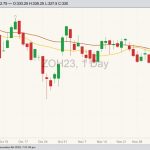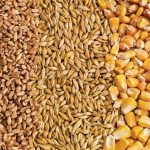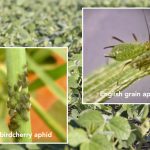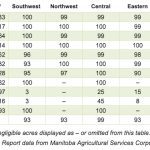MarketsFarm — Feed wheat and barley prices in Alberta’s feedlot alley are coming down, largely due to the increasing presence of corn imported from the U.S. The high-delivered bid for Alberta feed barley on Wednesday was $9.80 per bushel, 11 cents lower than the previous week and 22 cents lower than one month earlier, according













